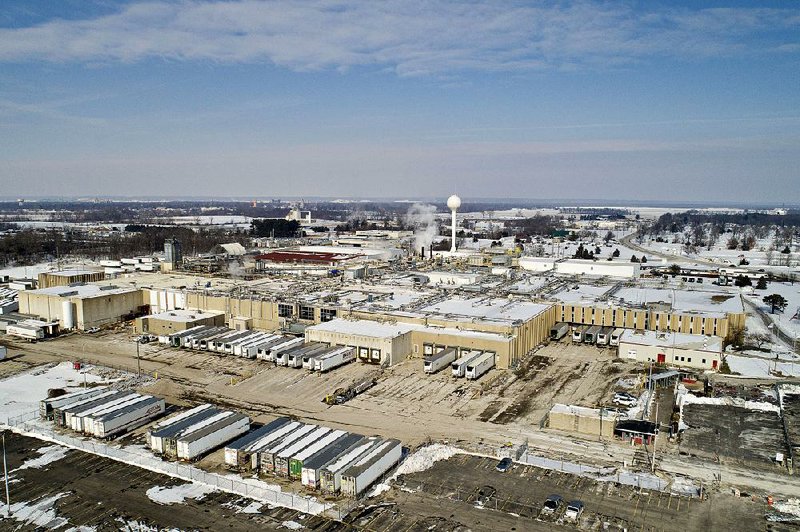A plan to reduce the number of federal inspectors in pork processing plants by about 40 percent won't change the government's mission to inspect all of the country's slaughtered hogs, officials said Thursday.
"They are still looking at 100 percent of the carcasses," said Dan Kovich, director of science and technology with the National Pork Producer's Council, the association representing the $20 billion industry.
"None of that is changing. What is changing is the process of preparing the carcass for inspection," he said.
Industry proponents for new systems argue the traditional inspection system is outdated, established decades ago in response to unsanitary plant conditions described in Upton Sinclair's The Jungle. Since then, technology and inspection quality have improved as plant capacities increased, along with the workloads of federal inspectors, Kovich said.
"We've moved on past that," he said.
Under the proposed new swine inspection system, published in the Federal Register, food safety inspection duties would be shared with pork processor employees, whose training would be at the discretion of plant owners. There also would be no limits on slaughter-line speeds.
This is the latest step in the federal government's efforts to change meat and poultry inspection by delegating select duties to industry producers. The inspection protocols for the poultry industry changed during President Barack Obama's administration, but production line speed limits were not adjusted. That changed in September, when waivers to omit the line speed cap took effect.
The National Pork Producers Association has been urging the USDA to adopt the proposed swine inspection system. It could be implemented as soon as May.
President Donald Trump's administration is also working to shift inspection of beef to plant owners, the Washington Post reported.
The Post reported that there are concerns the new inspection process will make plant employees responsible for identifying and removing live diseased hogs when they arrive at the plants -- a job that should be in the hands of USDA veterinarians who are trained to identify contagious diseases.
A message left Thursday with a USDA spokesman was not returned immediately.
While some critics fret about deregulation in the nation's food supply, Chad Hart, an economics professor at Iowa State University, said the reduction in the number of USDA pork inspectors may not happen.
There are similarities in the Obama and Trump administration budget cuts involving the USDA, Hart said. Presidents make decisions to push funding elsewhere knowing that "most of those cuts will not materialize," he said.
A USDA analysis found that the number of federal inspectors would shrink from 365 to 218 under the proposal, which would save the government $6 million annually, the Post reported. By increasing line speeds it would also increase annual profits by $2 million.
Every plant is different and the line speeds should reflect that, Hart said.
The current cap on line speed is 1,106 hogs per hour or 18 hogs per minute.
"We probably have several plants running at near optimal speed," he said. And with production projections set for the year, "there is going to be pressure on these processing plants to move product through quickly" if the proposal is adopted.
Business on 04/05/2019
